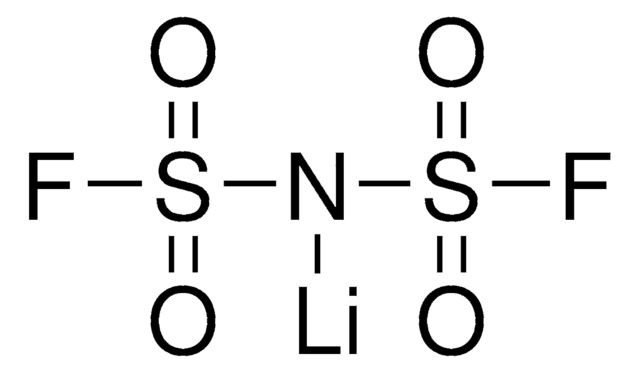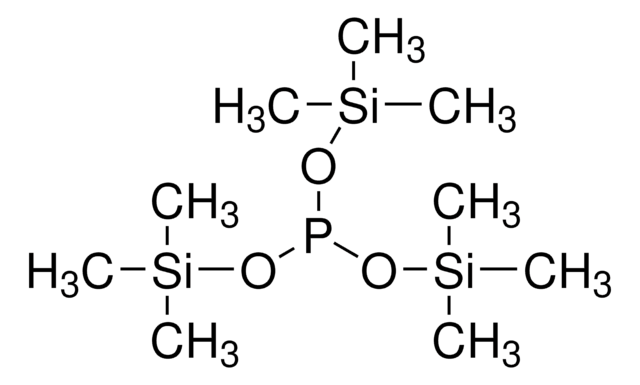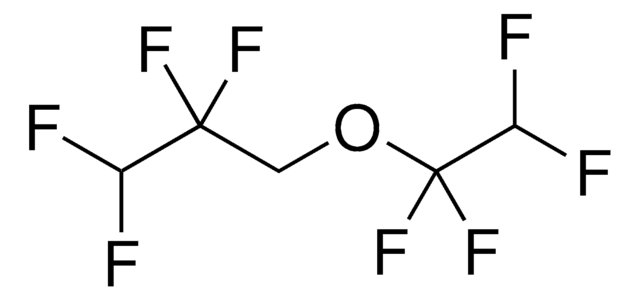933708
Lithium difluorophosphate

≥99% trace metals basis, acid ≤ 200 ppm, battery grade
Sinónimos:
LiDFP, LiF2PO2, Lithium difluorophosphinate, Lithium phosphorodifluoridate
About This Item
Productos recomendados
grade
battery grade
Quality Level
description
acid ≤ 200 ppm
assay
≥99% trace metals basis
form
powder
impurities
≤200 ppm acid
cation traces
Ca: ≤5 ppm
Cr: ≤10 ppm
Fe: ≤5 ppm
K: ≤5 ppm
Na: ≤5 ppm
Pb: ≤5 ppm
application(s)
battery manufacturing
General description
Application
Related product
signalword
Danger
hcodes
Hazard Classifications
Acute Tox. 3 Oral - Acute Tox. 4 Dermal - Aquatic Chronic 2 - Eye Dam. 1 - Skin Corr. 1B - STOT RE 1
Storage Class
6.1C - Combustible acute toxic Cat.3 / toxic compounds or compounds which causing chronic effects
wgk_germany
WGK 3
Elija entre una de las versiones más recientes:
Certificados de análisis (COA)
Lo sentimos, en este momento no disponemos de COAs para este producto en línea.
Si necesita más asistencia, póngase en contacto con Atención al cliente
¿Ya tiene este producto?
Encuentre la documentación para los productos que ha comprado recientemente en la Biblioteca de documentos.
Nuestro equipo de científicos tiene experiencia en todas las áreas de investigación: Ciencias de la vida, Ciencia de los materiales, Síntesis química, Cromatografía, Analítica y muchas otras.
Póngase en contacto con el Servicio técnico











